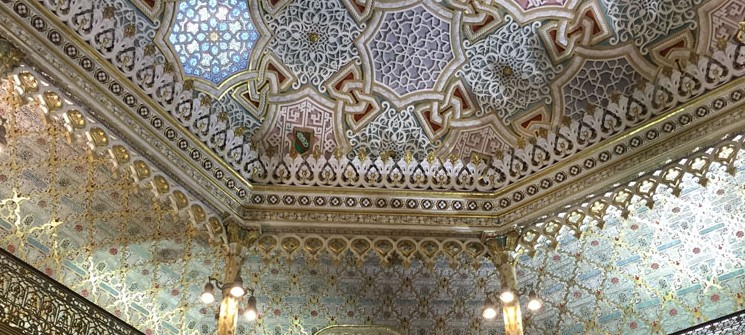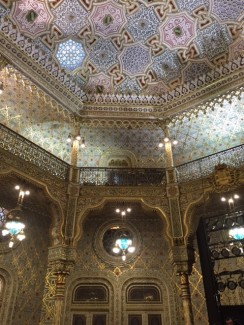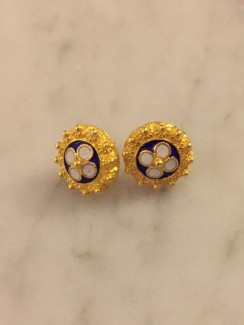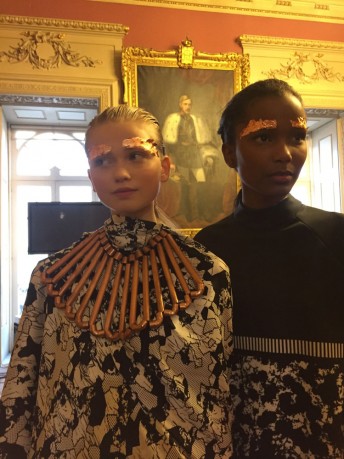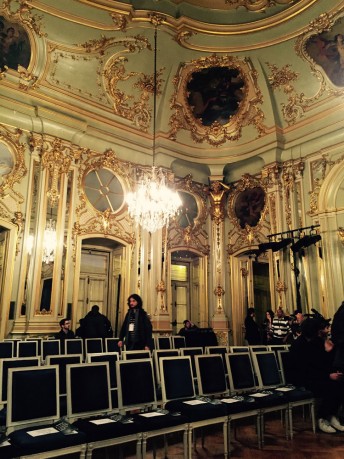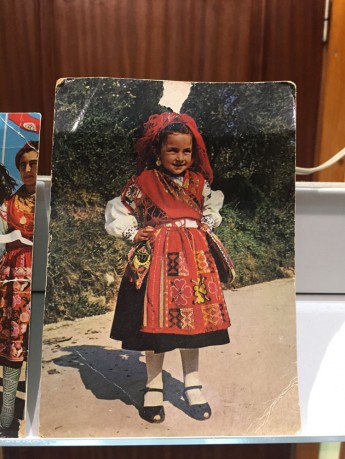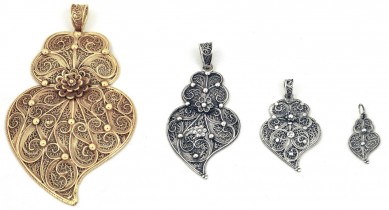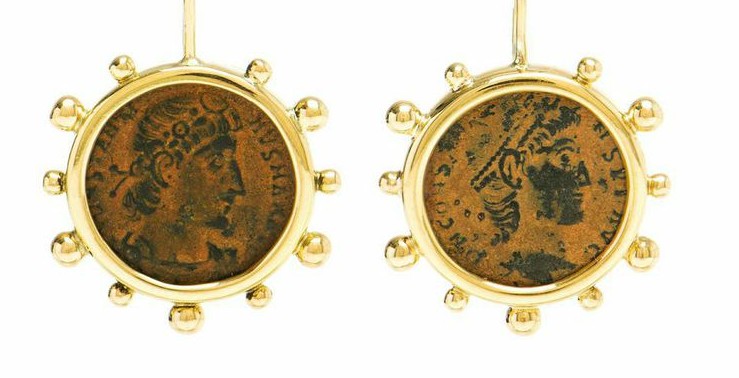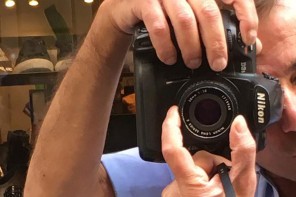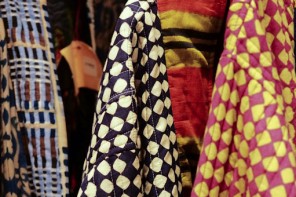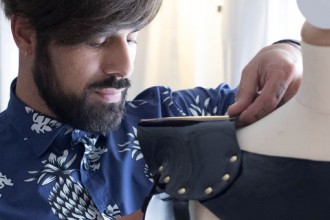Last month, I took a trip to Lisbon and Porto for Portugal Fashion Week. I was struck by the rich fabrics and the overall ornate detail on the runway. More than many other fashion weeks, Portugal’s history – from its battles with the Moors to its colonial heyday – were evident among Portuguese designers and the accessories and even the jewelry spotted on the runway.
Off the catwalk, filigree drop earrings, pendants and sculptures are showcased by rows and rows of shops in Lisbon’s city center.
One brand taking Portuguese traditional craft to a new dimension is Susana Bettencourt, who stunned the fashion crowd with her Masai-inspired prints and hand made copper jewelry.
This week, with our new Jewelry Issue, we decided to focus on brands that reference the past — ancient cultures, nomadic tribes and traditions — while appealing to a modern, albeit more conscious following.
In Italy, we spoke to Benedetta Dubini, a London-based jeweler who purchases ancient Roman and Greek coins and embeds them into gold and silver settings – tiny works of art that are truly one-of-a-kind. In Paris, we interviewed fashion journalist-turned jeweler, Delphine Hervieu whose label Otzar is crafting Cleopatra-worthy ear cuffs that incorporate rare gems. And for the first time, we interviewed an Indian designer: Mrinalini Chandra, who is working to preserve traditional goldsmithery while infusing her art with her Milanese fashion education..
So much of fashion embodies influences from art, film, movements, revolution and even wars. This is most evident in jewelry, one of the most artisanal products of all.
BACI,
Sofia
ALSO IN THIS ISSUE: Dubini Fine Archeaology , Mrinalini Chandra: Preserving Indian Techniques , Susana Bettencourt: A Tribal Revival , Portugal’s Filigree Tradition, Otzar: Parisienne Jewelry Couture, Pasotti: Rock Gen Drives Old Family Business,

